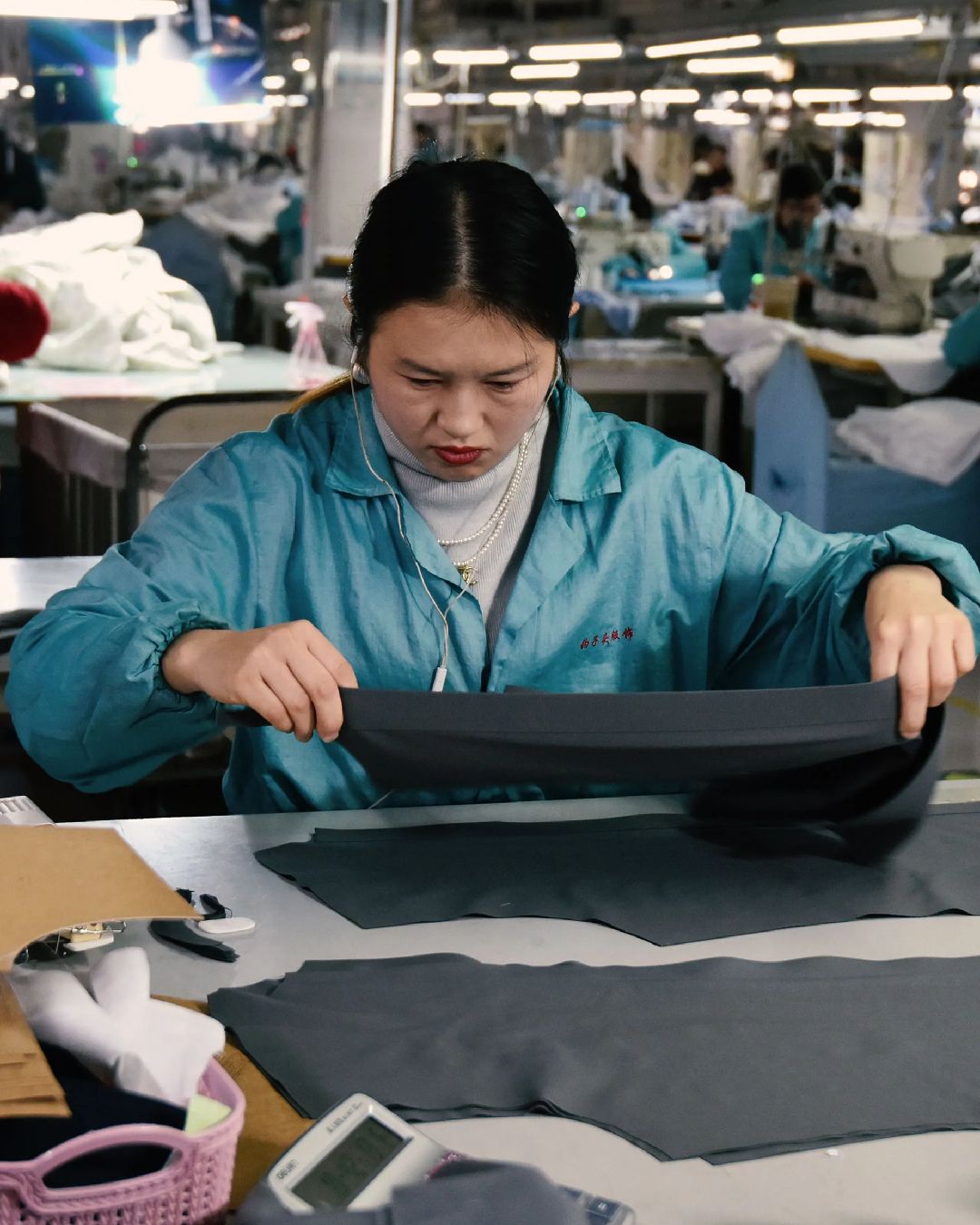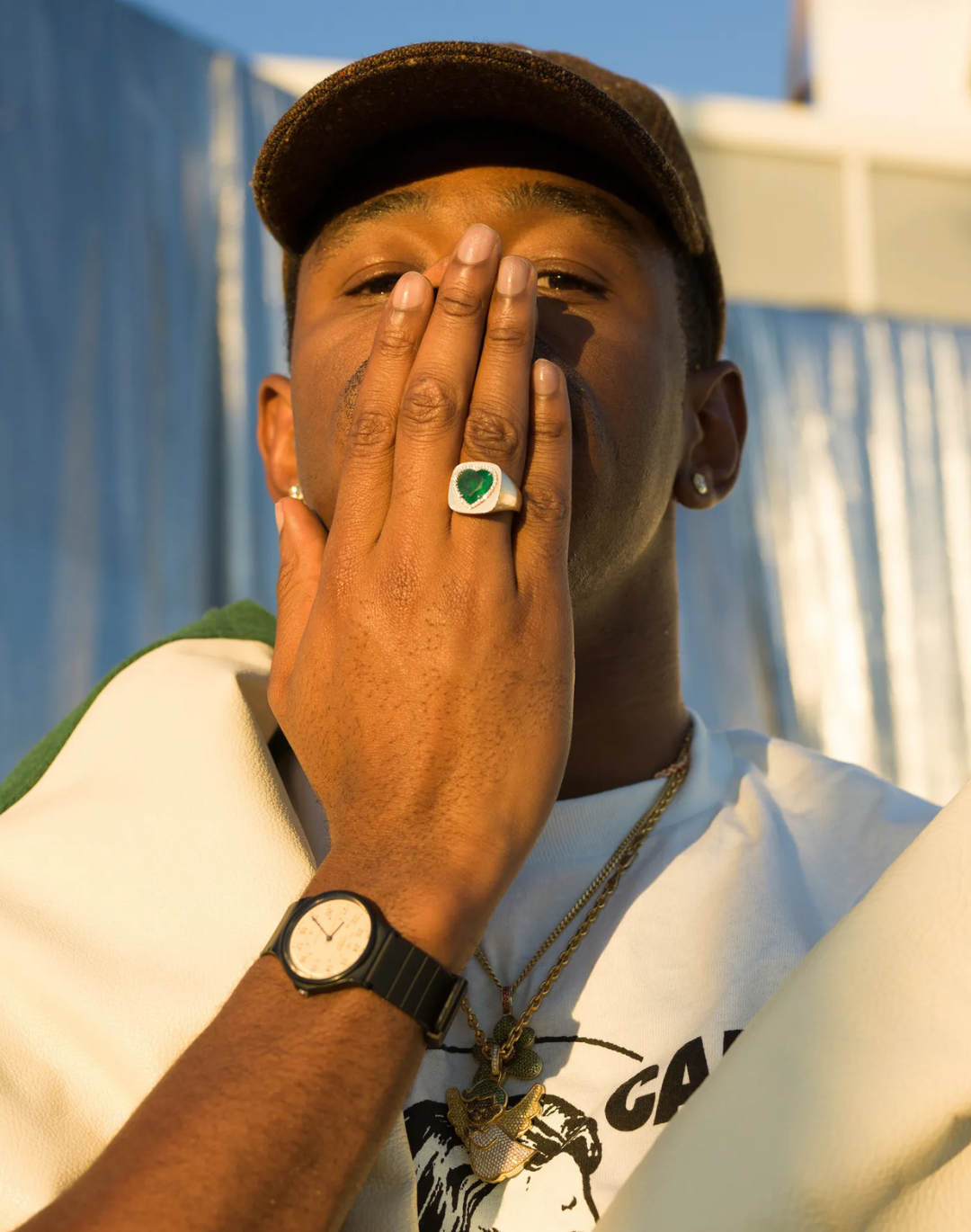
Fashion that has nothing to say When the paradox of saleability lobotomizes creatives
With the data at hand, we can safely say that the recently concluded Men's Fashion Week in Paris broke all records. Thanks to viral moments like the debut of Pharrell's collection for Louis Vuitton with a whole battalion of celebrities, Dior's ingenious catwalk with models sticking out of the floor, and another viral iteration of Wales Bonner x adidas, the media attention was sky-high. Add to that K-pop stars, musicians, and athletes in the front rows, and the EMV was $133 million. So you would expect sensational numbers to be accompanied by equally sensational designs, but there is no single outfit that stands out, although, after all, it is hard to focus on the clothes when Aron Piper and Vincent Cassel are the models wearing them. And finally, the millions of users who followed the event on social media were probably there less for the clothes than for the show. In this mass of well-cut but anonymous blazers, tailored trousers, and interchangeable shirts, where even the strangest designs smelled of déjà vu, the (culturally average but wealthy) consumer will certainly have no trouble making up his mind.
A few months ago, when Pharrell Williams was setting up at Louis Vuitton, the New York Times had dug up an old interview with the musician that would prove prophetic. «I am a creative designer from a consumer perspective. I did not go to Central Saint Martins. But I have definitely gone to shops and shopped, and I know what I like» Williams had said about his approach to his new role as creative director. And his debut collection is sure to be a hit as the monogram pop has finally freed Asia from covid restrictions and generated 1 billion media buzz worldwide. The Paris show was the fashion week of records, but it was also and above all the fashion week of consumers, with garments designed with the end consumer in mind (think of Jacquemus' new ballet slippers, which have already gone viral) and designers who have always based their success on the search for expression that transcends the visibly tired laws of the market (did we really need another Junya Watanabe x Carhartt collaboration? When did Marc Jacobs stop surprising us?) or afraid of getting caught up in controversy, as in the case of Demna. The age-old question returns cyclically: what do we expect from fashion? But above all: does fashion still have something to say in a society that has had Martin Margiela, Alexander McQueen, and Vivienne Westwood?
In an interview on The Guardian, addressing the familiar question of whether or not fashion should be considered an art form, designer and Design Museum director Zandra Rhodes said, «Fashion can tell the story of how people dressed in a particular time, just as ceramics can tell the story of their tea parties. I do not think the fact that these objects were designed for practical use makes them different from fine art. You might say that a painting was designed to be hung on the wall. But if it had been made as a fresco where it was part of the wall, would you say that it is not art because it is practical?». So it is not the utility that affects an object's artistic sense, but rather its adherence to the criteria of saleability.
Meeting some aspiring designers in the elite strongholds of fashion schools, which history (and Pharrell Williams) has shown are not necessary to work in fashion but definitely facilitate access to an otherwise closed and off-putting sector, gives one the opportunity to reassure oneself that there is no shortage of stories to be told when marketability is not yet in a creative's periphery. Rachel Tayza's multicolored dresses at the Polimoda Graduation Show included latex gloves, echoing the motif of the classic doctor's coat, a way of repressing her closeted childhood in the hospital. Francesco Saverio Matera and Alessio Baldasseroni, students at the IED, focused on a proposal (already ready to be branded) that adapts to the physical needs of all people, including the disabled, with outfits that have a genderless and functional aesthetic: «Our value proposition is existentialist, adaptable fashion, a product that is the child of a rethinking of the human dimension in its connection with spatiality and physicality.» Whether or not fashion can be called art, what distinguishes it from clothing is surely the communicative intent, the imagery in which it is embedded, and the story that the designer, who is its creator, wants to tell us. Perhaps the problem with this general creative fatigue stems from the fact that those who have something to say do not have the means or the space to say it, while those who have the means have nothing more to say. Would it be utopian to hope for the opposite?















































